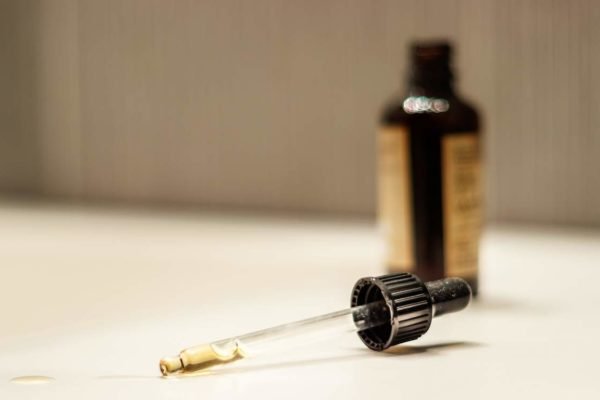Hundreds of thousands of human beings deal with addiction daily. These addictions can be to substances or behavior like compulsive gambling or sex addiction. Most people understand that addiction is a compulsive desire to engage in destructive behavior, even though they understand they aren’t doing themselves any favors. But then, few people truly understand the intricacies of the mind of the addict. This is why recovery services exist where experienced professionals can guide you in your healing process and teach you how to find freedom from your addiction.
Scientists and doctors have worked tirelessly to make a comprehensive model for addiction, so physicians and patients can better understand what’s going on inside the brain that contributes to addictive behavior. Some feel that addiction is merely a matter of poor impulse control and individual choice, while others feel that addiction is a disease marked by definite changes in brain structure. The main takeaway is that addiction is a complex beast, but we’re getting much better as a society at understanding what’s going on behind the scenes of the addicted brain. With the help of The Drug Rehab Agency and their marketing efforts, more and more people are beginning to understand what it takes to overcome addiction and how to deal with it, whether it’s for a family member, a friend or even themselves.
How Addiction Works in the Brain

The body has basic needs such as hunger, sex, thirst, and sleep. Satiating any of these desires causes a release of pleasure chemicals in the brain, namely dopamine.
Addictive behavior or substances release these same pleasure chemicals as a way of rewarding certain actions.
As the addict continues to use drugs or engage in compulsive behavior, changes are made in the parts of the brain that have to do with motivation and reward. An experienced addiction treatment center says that over time, these substances and behavior are eventually required for the addict to feel “normal,” much in the same way that someone feels much better after having food to eat after prolonged periods of hunger. This means that after some time, the brain cries out for whatever the person is addicted at a much higher level than it does for a more typical activity like spending time with family or properly managing finances.
These structural changes can persist long after a person has discontinued the vice, making one all the more vulnerable to addictive behavior.
Addiction as a Disease

The classical definition of chronic disease is that it’s a condition that’s long-lasting and can be controlled, but not cured.
Many people who have attempted to engage in addiction recovery find themselves continually battling a strong compulsion to return to their old ways, much in the same way that no matter what, we’ll always have the desire to sleep, eat, and drink water. This means that intervention or management will always be necessary, much in the same way that a disease like diabetes will always require insulin.
Final Remarks
It appears that over time, addicts will have measurable changes in their brain function that extends far beyond willpower and personal choice. While it’s not the addicts’ fault that they’re addicted, and they aren’t entirely responsible for their feelings and actions, they are responsible for seeking treatment and maintaining their recovery for years to come. It seems like a classic case of ‘hating the sin, loving the sinner.’








